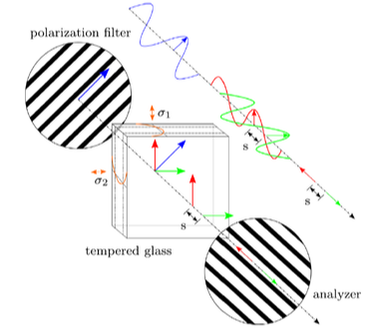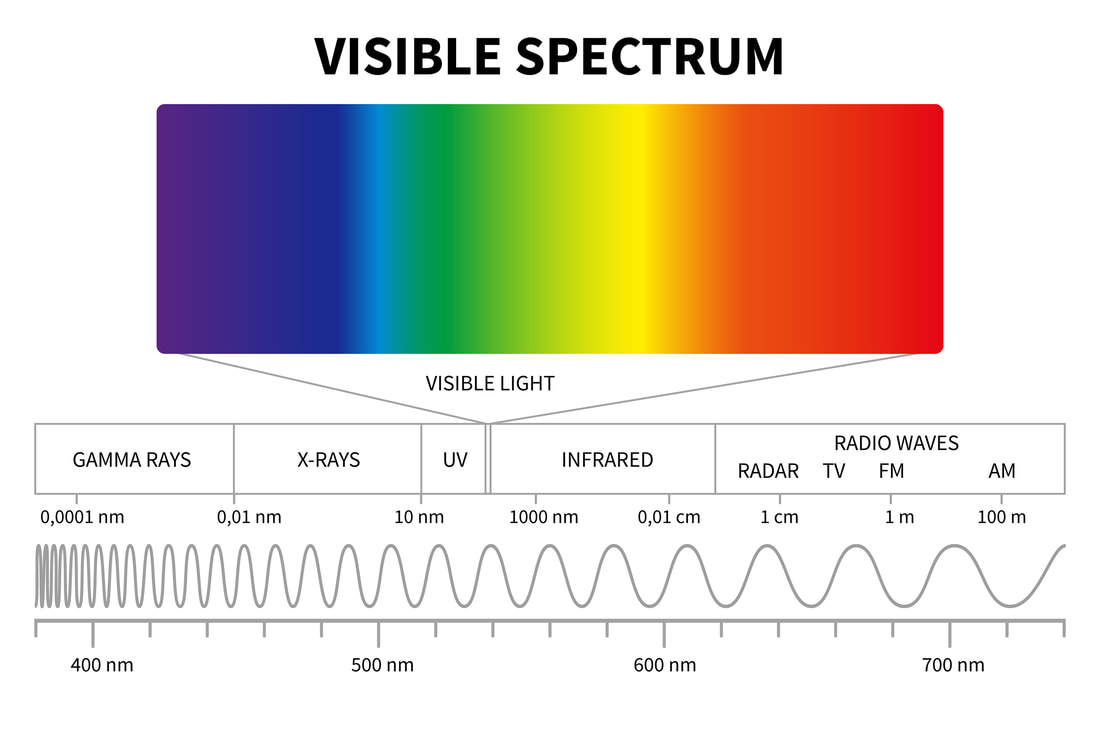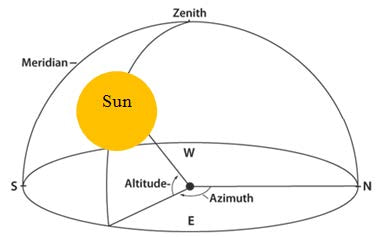Background
The inclusion of natural light in the built environment has many positive effects on its occupants and the building as a whole. Studies have shown that occupant happiness and overall physiological wellbeing can be greatly influenced by the addition of natural light. “daylight…most closely matches the visual response that, through evolution, humans have come to compare with all other light” (Franta & Anstead 1994). This evolutionary need for light can have massive effects on our natural processes and sleep cycles. In their article The Effects of Natural Light on Building Occupants Edwards (2002) states that “With properly installed and maintained daylighting systems, natural light has proved to be beneficial for the health, productivity, and safety of the building occupant”. With these known advantages of natural light architects implement massive amounts of glazing onto their facades to capture the light of the sun. Glazing has practical advantages as well, they can help to reduce energy consumption of heating and cooling loads and lighting requirements. However, this comes with drawbacks, especially in sub-tropic climates. The main drawback is solar heat gain. There are many factors that influence solar heat gain such as the buildings location, it’s orientation to the sun, and the products used. In this study I am going to focus on a buildings specified glazing and the validity of using polarized film as a low-cost, low-tech solution to mitigating heat gain.
Solar heat gain is simple; the more sunlight that enters the building, the hotter it gets. Strategies for mitigating this phenomenon date back centuries and can range from simple to very complex implementations. Shading is the simplest solution available and the most basic form solar mitigation found in most buildings. This act of blocking of the sun can greatly reduce solar heat gain but deprives the occupant of the outside view. Another strategy that architects employ is the use of low emissivity glazing. “The surface of low-emissivity objects will strongly reflect infrared radiation and block heat transfer”. (Kewei 2018) This method is very effective but can be costly and production is not globalized. Glazing systems with opaque finishes again deprive the occupant of the view to the outside, but can reduce solar heat gain. Systems such as electrochromic windows have the ability to change their transmittance levels and reduce solar heat gain. “Electrochromism, the reversible change in optical properties when a material is electrochemically oxidized”. (Rauh 1999) These systems are transparent when electrified and opaque without the charge. The systems can be very effective, but lead to high costs of installation and maintenance. I believe that polarization can provide an option to reduce solar heat gain that is low cost while the transparency of the glass.
|
To understand how polarization can be harnessed, it is important to understand how light behaves. Light vibrates in two directions, horizontal and vertically. Polarized film is an anisotropic material, meaning it has directional properties. Polarized film has microscopic strands that run in concert along a single axis. When light passes through a one of these filters “only light that vibrates parallel to the axis of the polarizer are transmitted.” (Illguth 2015) When two filters are placed in a series and oriented perpendicular to each other, “the components eliminate each other and the observer will notice a black screen” (Illguth 2015). If one of these polarized planes is set in a fixed position and the other is free to rotate the occupant can control the amount of light transmitting into a space. Hypothetically, if one polarized plane is oriented in one direction and a second polarized plane is free to rotate behind it, solar heat will be reduced by a coefficient of (.555x) + 50%. Where x equals each degree of rotation from the fixed axis. |
Light wave mitigation. Sourced from Illguth 2015.
|
|
The position of the light source can also play an important role in solar transmission. "Angular selectivity means that the optical properties, usually the transmittance, are different for equal angles on either side of the surface normal...Angular Selectivity may emerge when a light beam passes the boundary between two optically different media" (Granqvist 1990) Meaning that an anisotropic material like polarized film will react differently to different angles. Also, as the sun sets and gets further away from the viewer, wavelengths elongate and could have an effect on the performance of polarized glass. Understanding how the suns altitude and azimuth angle effect solar heat gain are crucial to knowing the effectiveness of polarized glass.
|
Visualization of the sun's azimuth & altitude. Sourced from Sidek et. al. 2015
|
Sources
Franta, G.; Anstead, K. (1994). “Daylighting Offers Great Opportunities.” Window & Door
Specifier-Design Lab, Spring; pp. 40-43.
Edwards, L., Torcellini, P., & Laboratory, N. R. E. (2002). A Literature Review of the Effects of Natural Light on Building Occupants.
41-58.
Kewei Sun, Xiufeng Tang, Chunli Yang, Dan Jin, Preparation and performance of low-emissivity Al-doped ZnO films for energy-saving glass, Ceramics International, Volume 44, Issue 16, 2018, Pages 19597-19602
Rauh, R. D. (1999). Electrochromic windows: An overview. Electrochimica Acta, 44(18), 3165–3176.
https://doi.org/10.1016/S0013-4686(99)00034-1
C.G. Granqvist, Window coatings for the future, Volumes 193–194, Part 2, 1990, Pages 730-741, ISSN 0040-6090,
https://doi.org/10.1016/0040-6090(90)90225-3.
Illguth, M., Schuler, C., & Bucak, Ö. (2015). The effect of optical anisotropies on building glass façades and its measurement methods.
Frontiers of Architectural Research, 4(2), 119–126. https://doi.org/10.1016/j.foar.2015.01.004
Sidek, M.H.M. & Wan Hasan, W. & Kadir, Zainal & Shafie, Suhaidi & Mohd Radzi, Mohd Amran & Ahmad, Siti & Marhaban, Mohammad
Hamiruce. (2015). GPS based portable dual-axis solar tracking system using astronomical equation. Conference Proceeding - 2014
IEEE International Conference on Power and Energy, PECon 2014. 245-249. 10.1109/PECON.2014.7062450.
Specifier-Design Lab, Spring; pp. 40-43.
Edwards, L., Torcellini, P., & Laboratory, N. R. E. (2002). A Literature Review of the Effects of Natural Light on Building Occupants.
41-58.
Kewei Sun, Xiufeng Tang, Chunli Yang, Dan Jin, Preparation and performance of low-emissivity Al-doped ZnO films for energy-saving glass, Ceramics International, Volume 44, Issue 16, 2018, Pages 19597-19602
Rauh, R. D. (1999). Electrochromic windows: An overview. Electrochimica Acta, 44(18), 3165–3176.
https://doi.org/10.1016/S0013-4686(99)00034-1
C.G. Granqvist, Window coatings for the future, Volumes 193–194, Part 2, 1990, Pages 730-741, ISSN 0040-6090,
https://doi.org/10.1016/0040-6090(90)90225-3.
Illguth, M., Schuler, C., & Bucak, Ö. (2015). The effect of optical anisotropies on building glass façades and its measurement methods.
Frontiers of Architectural Research, 4(2), 119–126. https://doi.org/10.1016/j.foar.2015.01.004
Sidek, M.H.M. & Wan Hasan, W. & Kadir, Zainal & Shafie, Suhaidi & Mohd Radzi, Mohd Amran & Ahmad, Siti & Marhaban, Mohammad
Hamiruce. (2015). GPS based portable dual-axis solar tracking system using astronomical equation. Conference Proceeding - 2014
IEEE International Conference on Power and Energy, PECon 2014. 245-249. 10.1109/PECON.2014.7062450.







